Search
Items tagged with: theuniverse

Hubble Captures a Cosmic Cloudscape
The universe is a dusty place, as this NASA/ESA Hubble Space Telescope image featuring swirling clouds of gas and dust near the Tarantula Nebula reveals.NASA Hubble Mission Team (NASA Science)

NASA’s SPHEREx Space Telescope Will Seek Life’s Ingredients - NASA
Where is all the water that may form oceans on distant planets and moons? The SPHEREx astrophysics mission will search the galaxy and take stock.Anthony Greicius (NASA)

Webb Maps Full Picture of How Phoenix Galaxy Cluster Forms Stars
Discovery proves decades-old theory of galaxy feeding cycle.NASA Webb Mission Team (NASA Science)
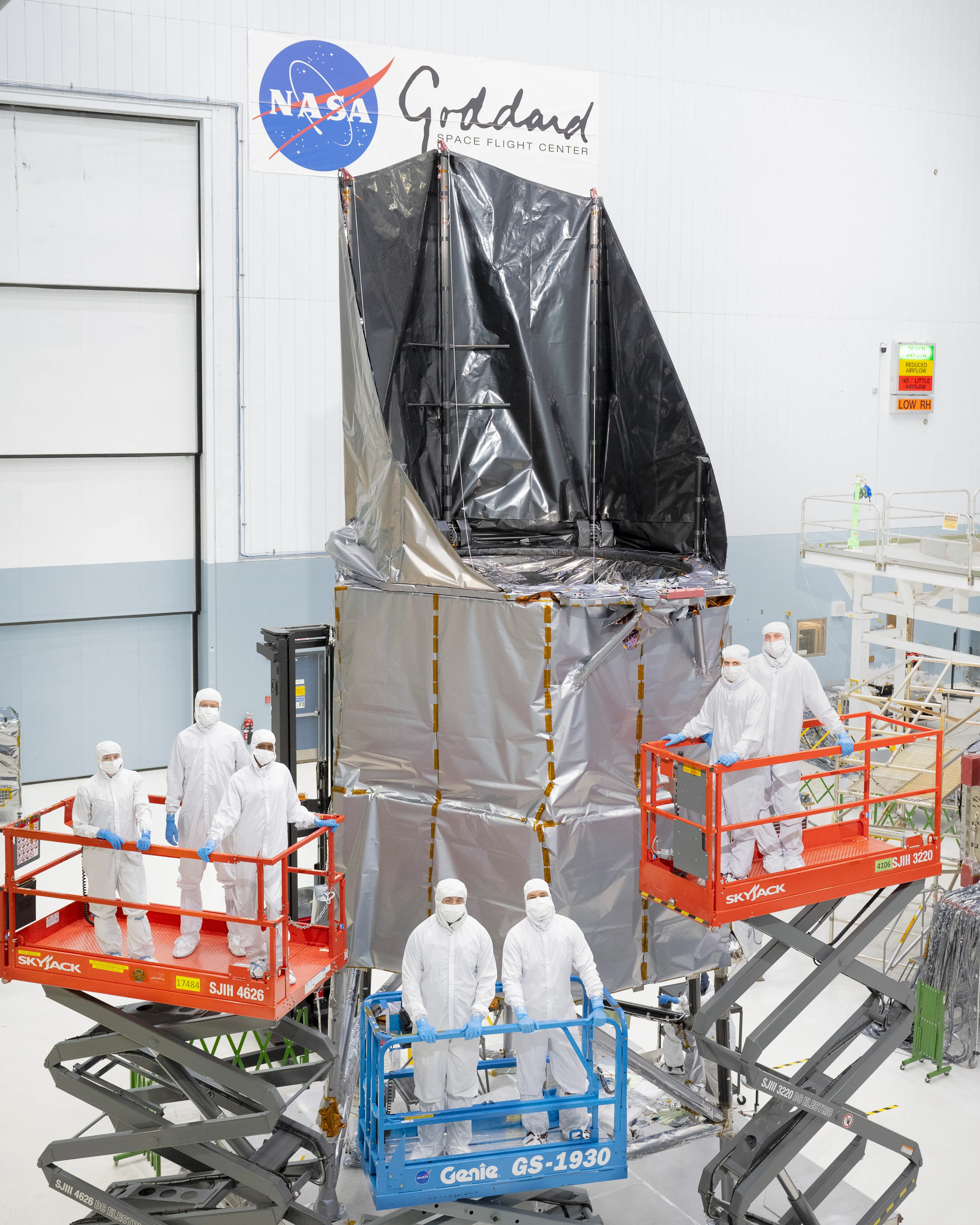
NASA Successfully Joins Sunshade to Roman Observatory’s ‘Exoskeleton’ - NASA
NASA’s Nancy Grace Roman Space Telescope team has successfully integrated the mission’s deployable aperture cover — a visor-like sunshade that will helpAshley Balzer (NASA)

NASA Telescopes Deliver Stellar Bouquet in Time for Valentine's Day - NASA
A bouquet of thousands of stars in bloom has arrived. This composite image contains the deepest X-ray image ever made of the spectacular star forming regionNASA
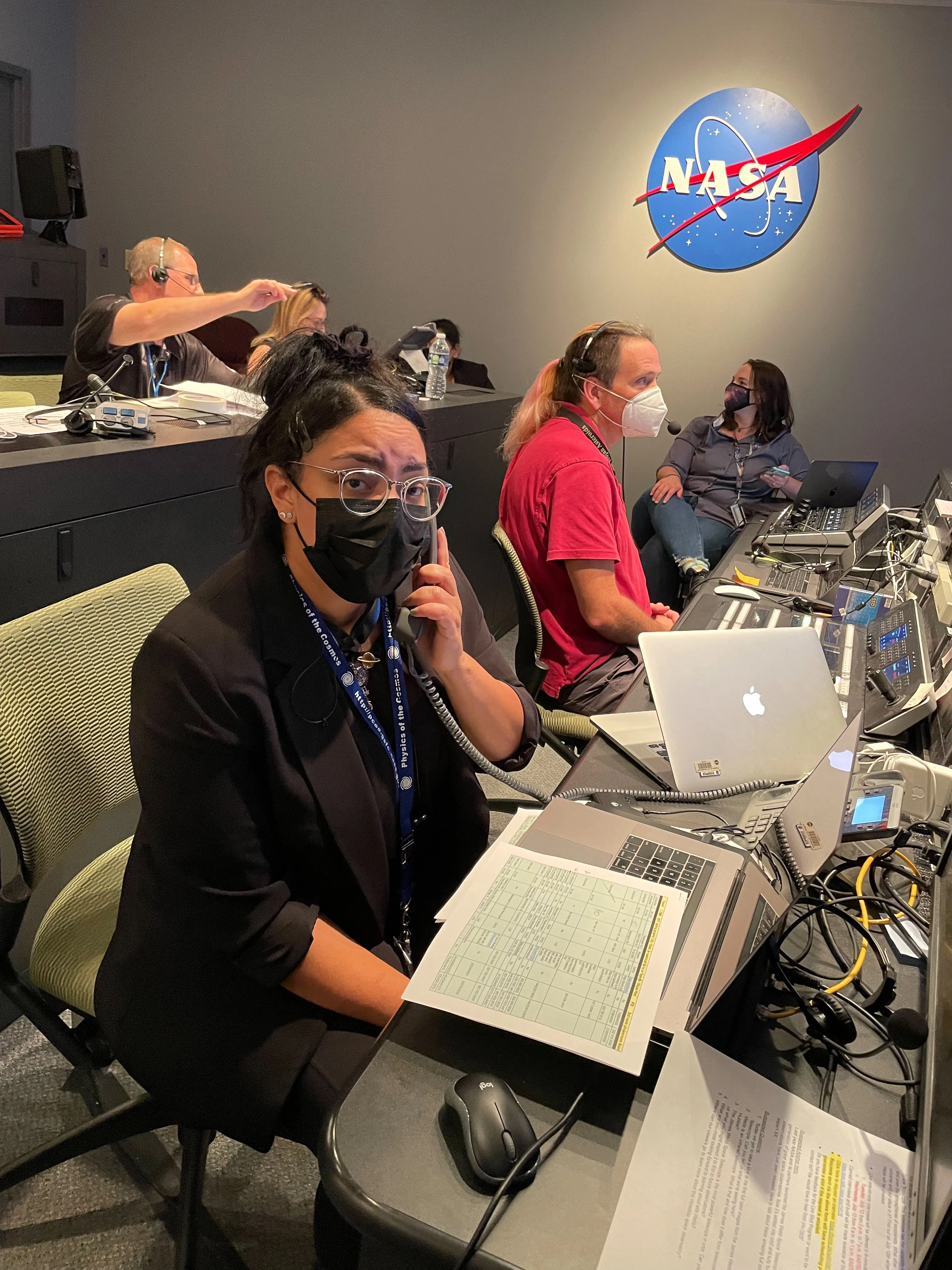
NASA Intern Found Hope in the Moon - NASA
Lee esta historia en español aquíElizabeth R. Landau (NASA)

NASA Scientists Spot Candidate for Speediest Exoplanet System - NASA
Astronomers may have discovered a scrawny star bolting through the middle of our galaxy with a planet in tow. If confirmed, the pair sets a new record for theAshley Balzer (NASA)
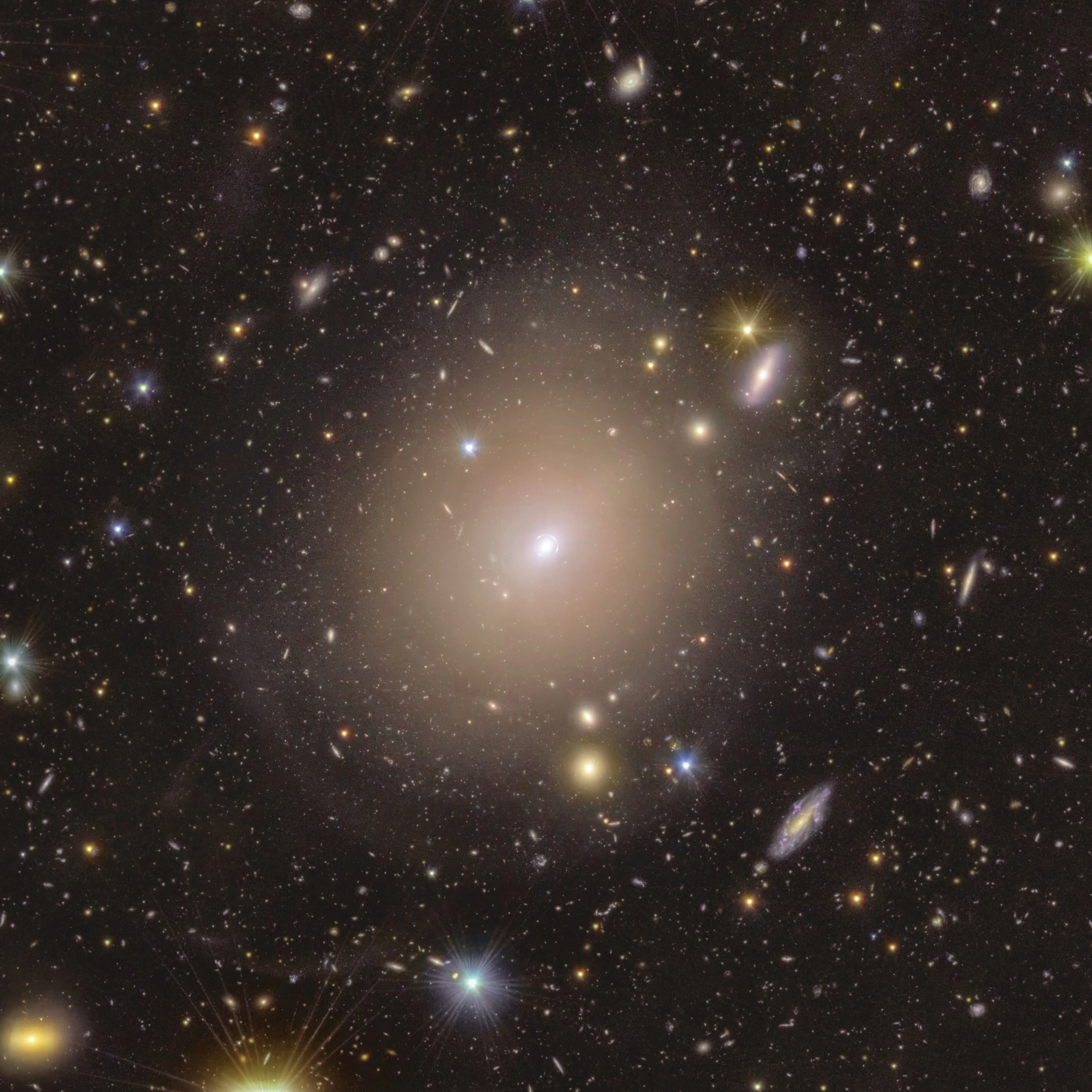
Euclid Discovers Einstein Ring in Our Cosmic Backyard - NASA
Euclid, an ESA (European Space Agency) mission with NASA contributions, has made a surprising discovery in our cosmic backyard: a phenomenon called anElizabeth R. Landau (NASA)
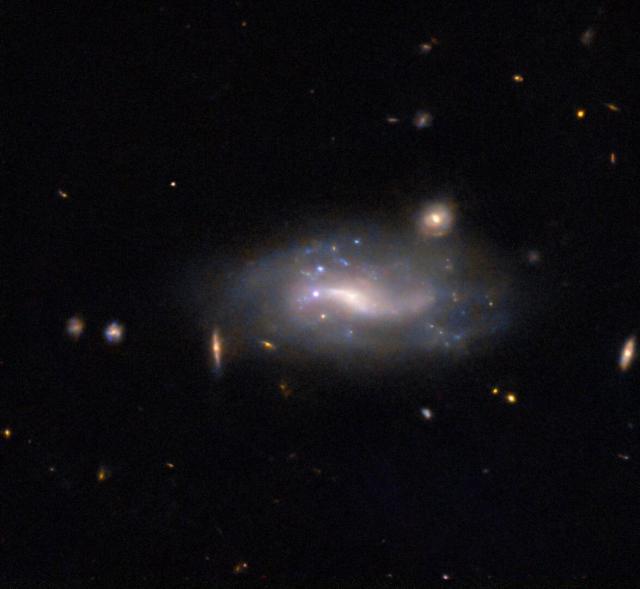
Hubble Goes Supernova Hunting
A supernova and its host galaxy are the subject of this NASA/ESA Hubble Space Telescope image. The galaxy in question is LEDA 132905 in the constellationNASA Hubble Mission Team (NASA Science)
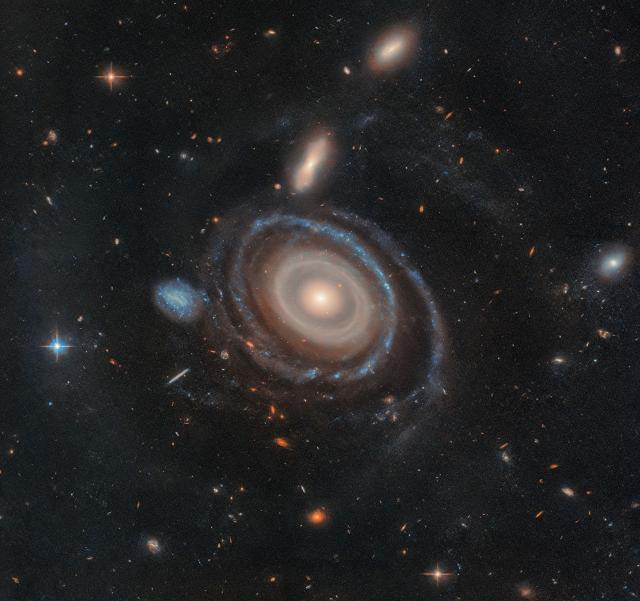
Straight Shot: Hubble Investigates Galaxy with Nine Rings
NASA’s Hubble Space Telescope has captured a cosmic bullseye! The gargantuan galaxy LEDA 1313424 is rippling with nine star-filled rings after an “arrow” — aNASA Hubble Mission Team (NASA Science)
6 Things to Know About SPHEREx, NASA’s Newest Space Telescope - NASA
Shaped like a megaphone, the upcoming mission will map the entire sky in infrared light to answer big questions about the universe.Anthony Greicius (NASA)
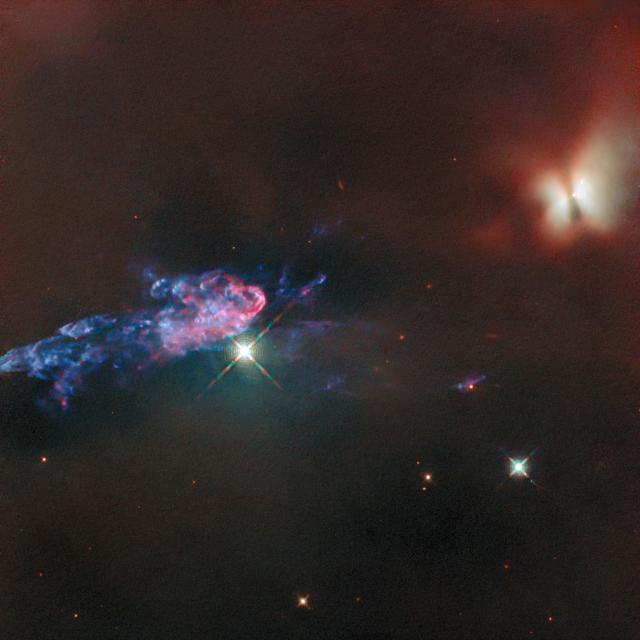
Hubble Captures Young Stars Changing Their Environments - NASA Science
This NASA/ESA Hubble Space Telescope image peers into the dusty recesses of the nearest massive star-forming region to Earth, the Orion Nebula (Messier 42, M42).science.nasa.gov
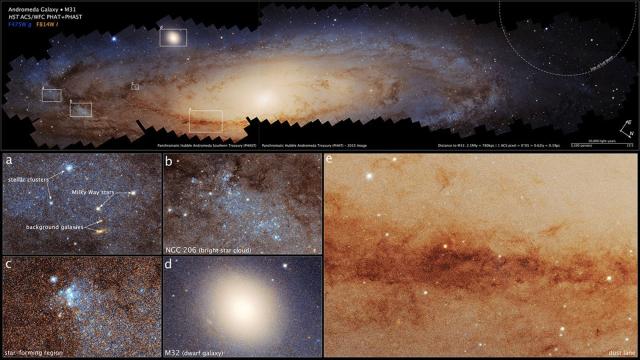
NASA's Hubble Traces Hidden History of Andromeda Galaxy - NASA Science
In the years following the launch of NASA’s Hubble Space Telescope, astronomers have tallied over 1 trillion galaxies in the universe.science.nasa.gov

NASA’s Pandora Mission One Step Closer To Probing Alien Atmospheres - NASA Science
Pandora, NASA’s newest exoplanet mission, is one step closer to launch with the completion of the spacecraft bus, which provides the structure, power, and other systems that will enable the mission to carry out its work.science.nasa.gov

NASA’s Webb Reveals Intricate Layers of Interstellar Dust, Gas - NASA Science
Once upon a time, the core of a massive star collapsed, creating a shockwave that blasted outward, ripping the star apart as it went.science.nasa.gov
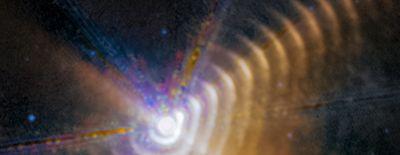
Webb Watches Carbon-Rich Dust Shells Form, Expand in Star System - NASA Science
Astronomers have long tried to track down how elements like carbon, which is essential for life, become widely distributed across the universe.science.nasa.gov

Newfound Galaxy Class May Indicate Early Black Hole Growth, Webb Finds - NASA Science
In December 2022, less than six months after commencing science operations, NASA’s James Webb Space Telescope revealed something never seen before: numerous red objects that appear small on the sky, which scientists soon called “little red dots” (LRD…science.nasa.gov
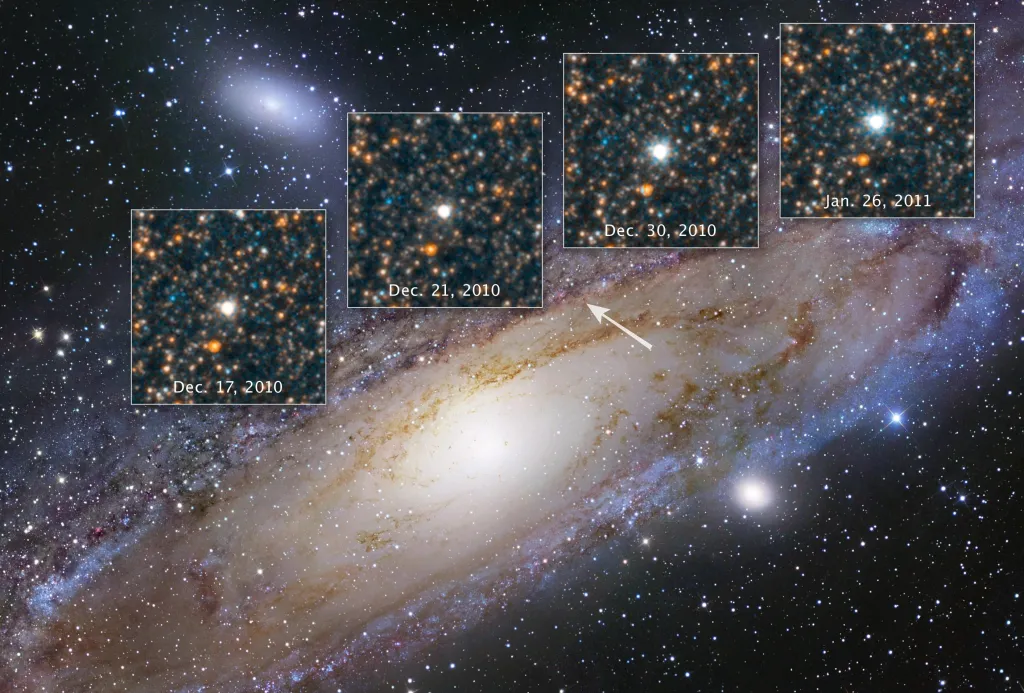
NASA Celebrates Edwin Hubble's Discovery of a New Universe - NASA Science
For humans, the most important star in the universe is our Sun. The second-most important star is nestled inside the Andromeda galaxy. Don’t go looking for it — the flickering star is 2.science.nasa.gov

Astronomers Catch Unprecedented Features at Brink of Active Black Hole - NASA Science
International teams of astronomers monitoring a supermassive black hole in the heart of a distant galaxy have detected features never seen before using data from NASA missions and other facilities.science.nasa.gov

How Many Black Holes Are Hiding? NASA Study Homes in on Answer - NASA
An effort to find some of the biggest, most active black holes in the universe provides a better estimate for the ratio of hidden to unhidden behemoths.Anthony Greicius (NASA)
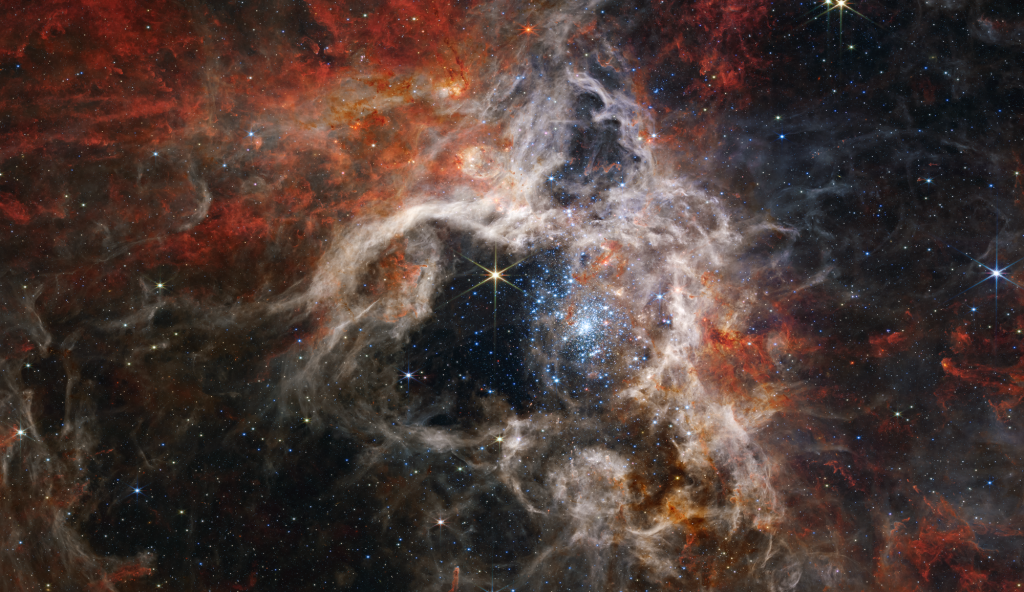
NASA Research To Be Featured at American Astronomical Society Meeting - NASA Science
From new perspectives on the early universe to illuminating the extreme environment near a black hole, discoveries from NASA missions will be highlighted at the 245th meeting of the American Astronomical Society (AAS).science.nasa.gov

Hubble Rings In the New Year - NASA Science
This NASA/ESA Hubble Space Telescope image reveals a tiny patch of sky in the constellation Hydra. The stars and galaxies depicted here span a mind-bending range of distances.science.nasa.gov

Astronaut Set to Patch NASA’s X-ray Telescope Aboard Space Station - NASA Science
NASA astronaut Nick Hague will install patches to the agency’s NICER (Neutron star Interior Composition Explorer) X-ray telescope on the International Space Station as part of a spacewalk scheduled for Jan. 16.science.nasa.gov
NASA Joins Telescope, Instruments to Roman Spacecraft - NASA
Technicians have successfully integrated NASA’s Nancy Grace Roman Space Telescope’s payload – the telescope, instrument carrier, and two instruments – to theAshley Balzer (NASA)

Very Cold Detectors Reveal the Very Hot Universe and Kick Off a New Era in X-ray Astronomy - NASA Science
X-rays are radiated by matter hotter than one million Kelvin, and high-resolution X-ray spectroscopy can tell us about the composition of the matter and how fast and in what direction it is moving.science.nasa.gov
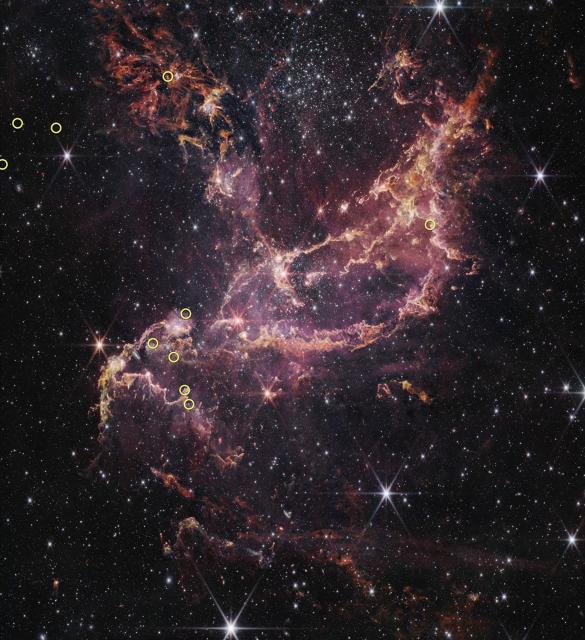
NASA’s Webb Finds Planet-Forming Disks Lived Longer in Early Universe - NASA Science
NASA’s James Webb Space Telescope just solved a conundrum by proving a controversial finding made with the agency’s Hubble Space Telescope more than 20 years ago.science.nasa.gov
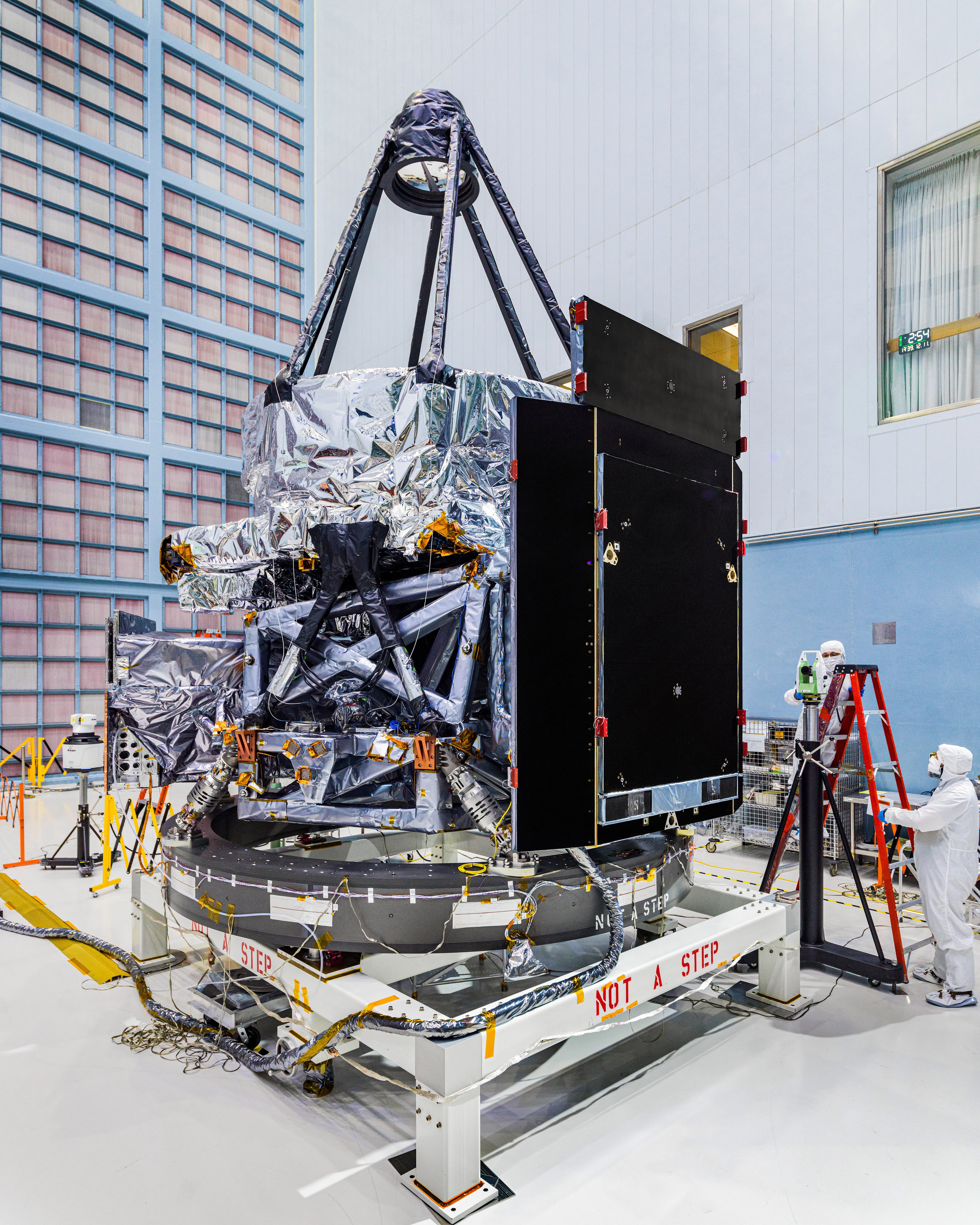
NASA Successfully Integrates Roman Mission’s Telescope, Instruments - NASA
NASA’s Nancy Grace Roman Space Telescope team has successfully integrated the mission’s telescope and two instruments onto the instrument carrier, marking theAshley Balzer (NASA)

Found: First Actively Forming Galaxy as Lightweight as Young Milky Way - NASA Science
For the first time, NASA’s James Webb Space Telescope has detected and “weighed” a galaxy that not only existed around 600 million years after the big bang, but is also similar to what our Milky Way galaxy’s mass might have been at the same stage of …science.nasa.gov

Black Hole Jet Stumbles Into Something in the Dark - NASA
Even matter ejected by black holes can run into objects in the dark. Using NASA’s Chandra X-ray Observatory, astronomers have found an unusual mark from aNASA
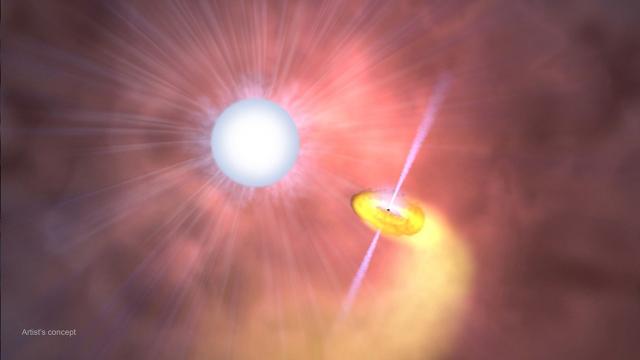
NASA, JAXA XRISM Mission Looks Deeply Into ‘Hidden’ Stellar System - NASA Science
The Japan-led XRISM (X-ray Imaging and Spectroscopy Mission) observatory has captured the most detailed portrait yet of gases flowing within Cygnus X-3, one of the most studied sources in the X-ray sky.science.nasa.gov

Hats Off to NASA’s Webb: Sombrero Galaxy Dazzles in New Image - NASA Science
In a new image from NASA’s James Webb Space Telescope, a galaxy named for its resemblance to a broad-brimmed Mexican hat appears more like an archery target.science.nasa.gov
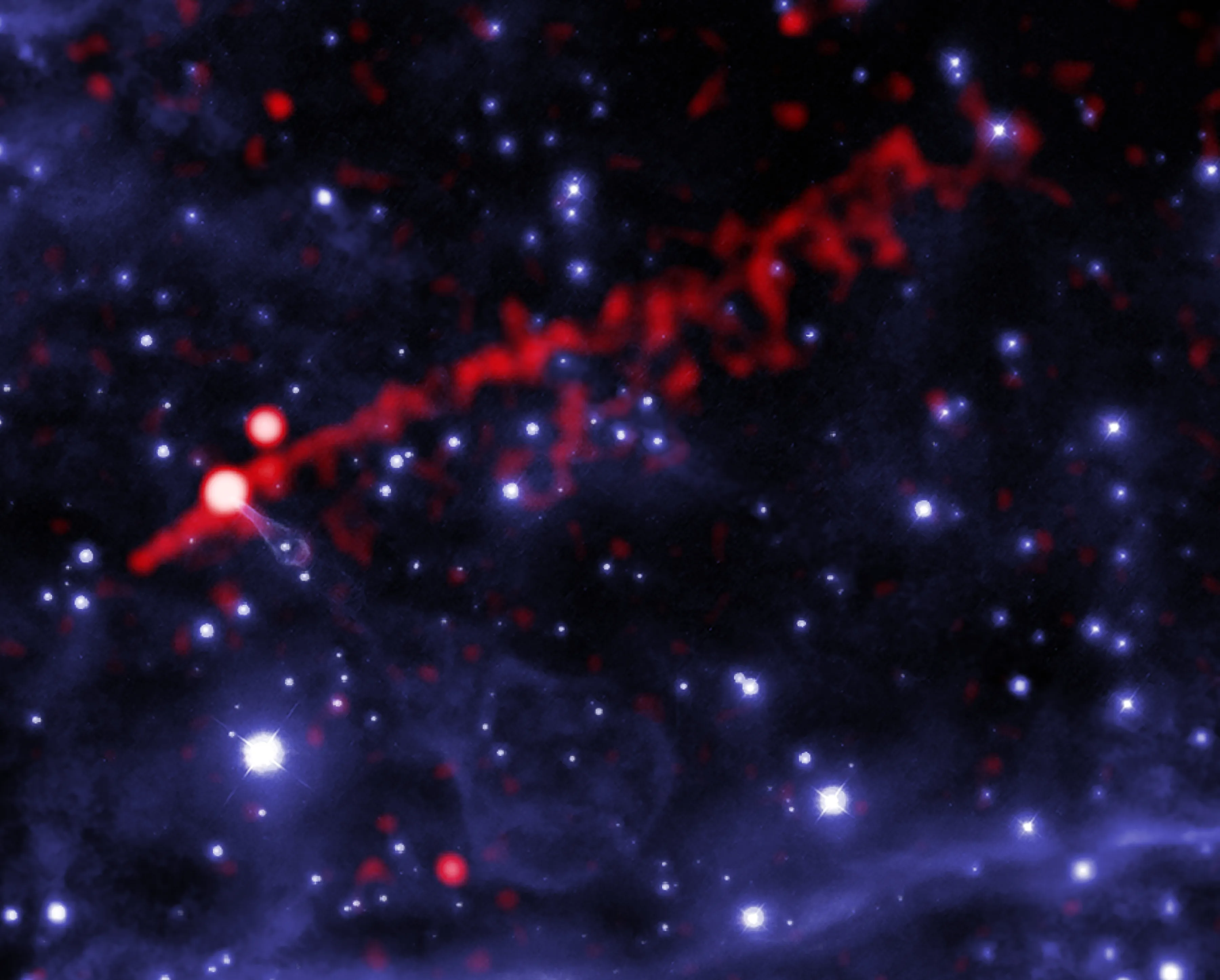
NASA's Chandra, Hubble Tune Into 'Flame-Throwing' Guitar Nebula - NASA
Normally found only in heavy metal bands or certain post-apocalyptic films, a “flame-throwing guitar” has now been spotted moving through space. AstronomersLee Mohon (NASA)
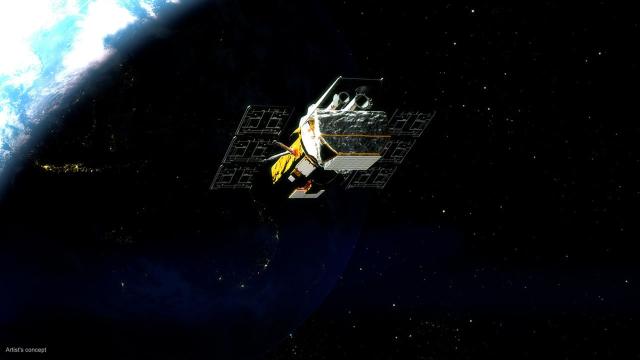
NASA’s Swift Reaches 20th Anniversary in Improved Pointing Mode - NASA Science
After two decades in space, NASA’s Neil Gehrels Swift Observatory is performing better than ever thanks to a new operational strategy implemented earlier this year.science.nasa.gov
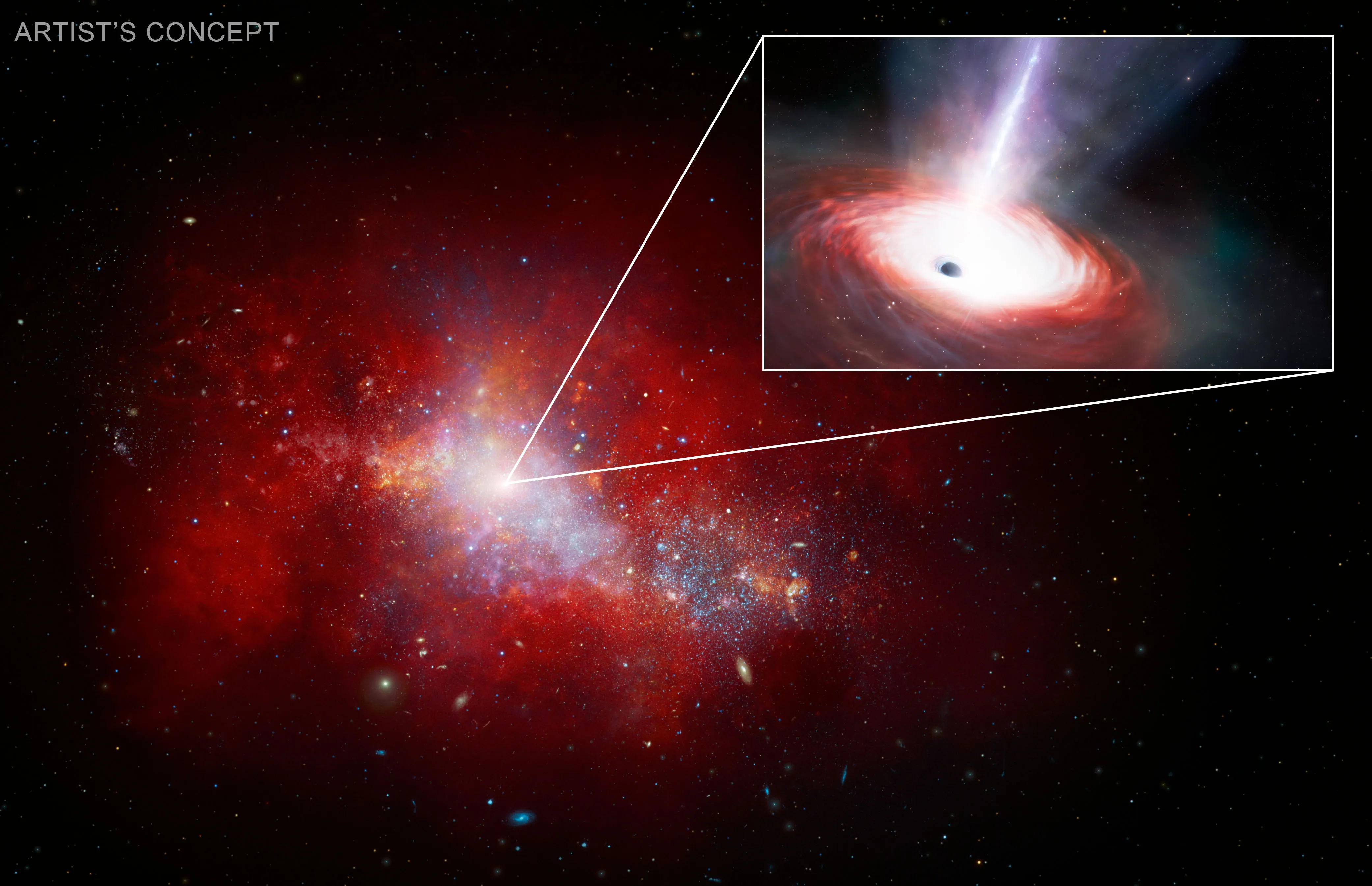
Astronomers Find Early Fast-Feeding Black Hole Using NASA Telescopes - NASA
A rapidly feeding black hole at the center of a dwarf galaxy in the early universe, shown in this artist’s concept, may hold important clues to the evolutionLee Mohon (NASA)
Telescope for NASA’s Roman Mission Complete, Delivered to Goddard - NASA
NASA’s Nancy Grace Roman Space Telescope is one giant step closer to unlocking the mysteries of the universe. The mission has now received its final majorAshley Balzer (NASA)
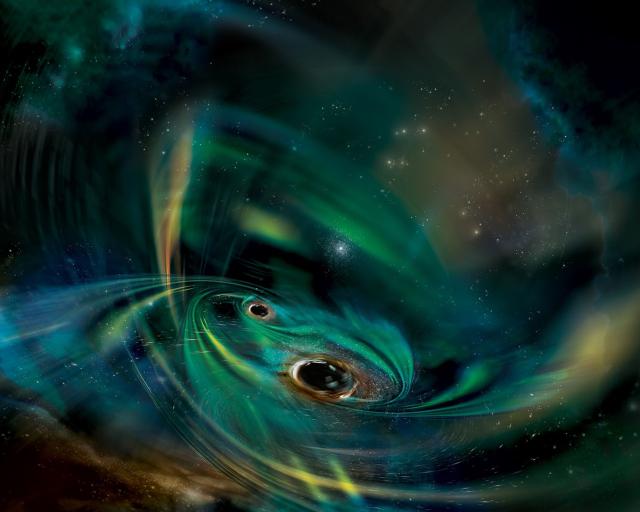
NASA’s Swift Studies Gas-Churning Monster Black Holes - NASA Science
e Scientists using observations from NASA’s Neil Gehrels Swift Observatory have discovered, for the first time, the signal from a pair of monster black holes disrupting a cloud of gas in the center of a galaxy.science.nasa.gov
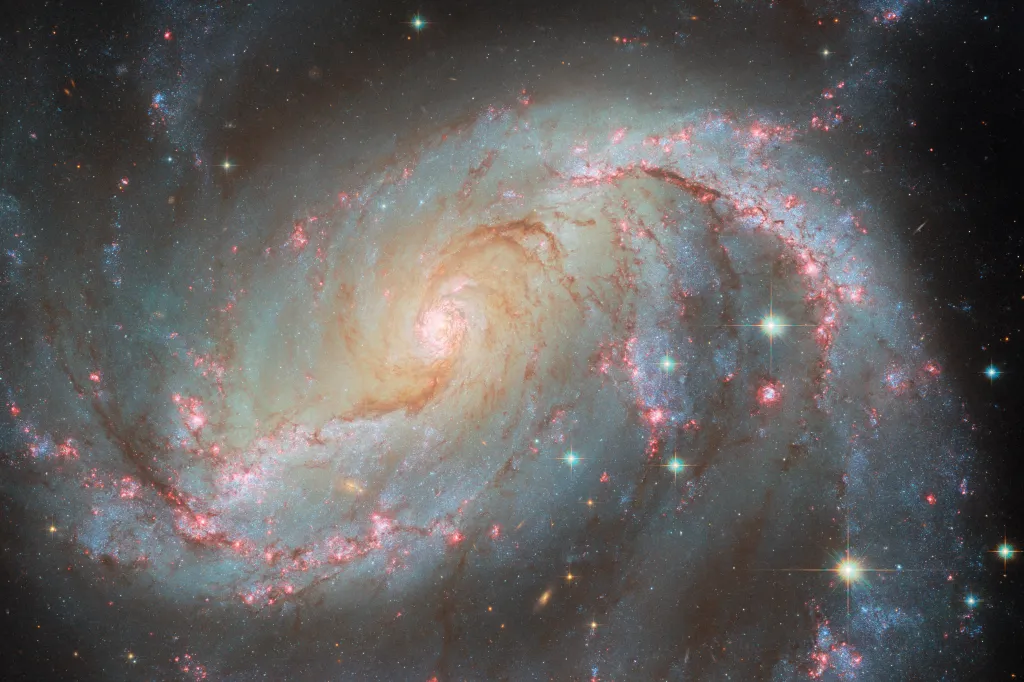
Hubble Captures a Galaxy with Many Lights - NASA Science
This NASA/ESA Hubble Space Telescope image features NGC 1672, a barred spiral galaxy located 49 million light-years from Earth in the constellation Dorado.science.nasa.gov
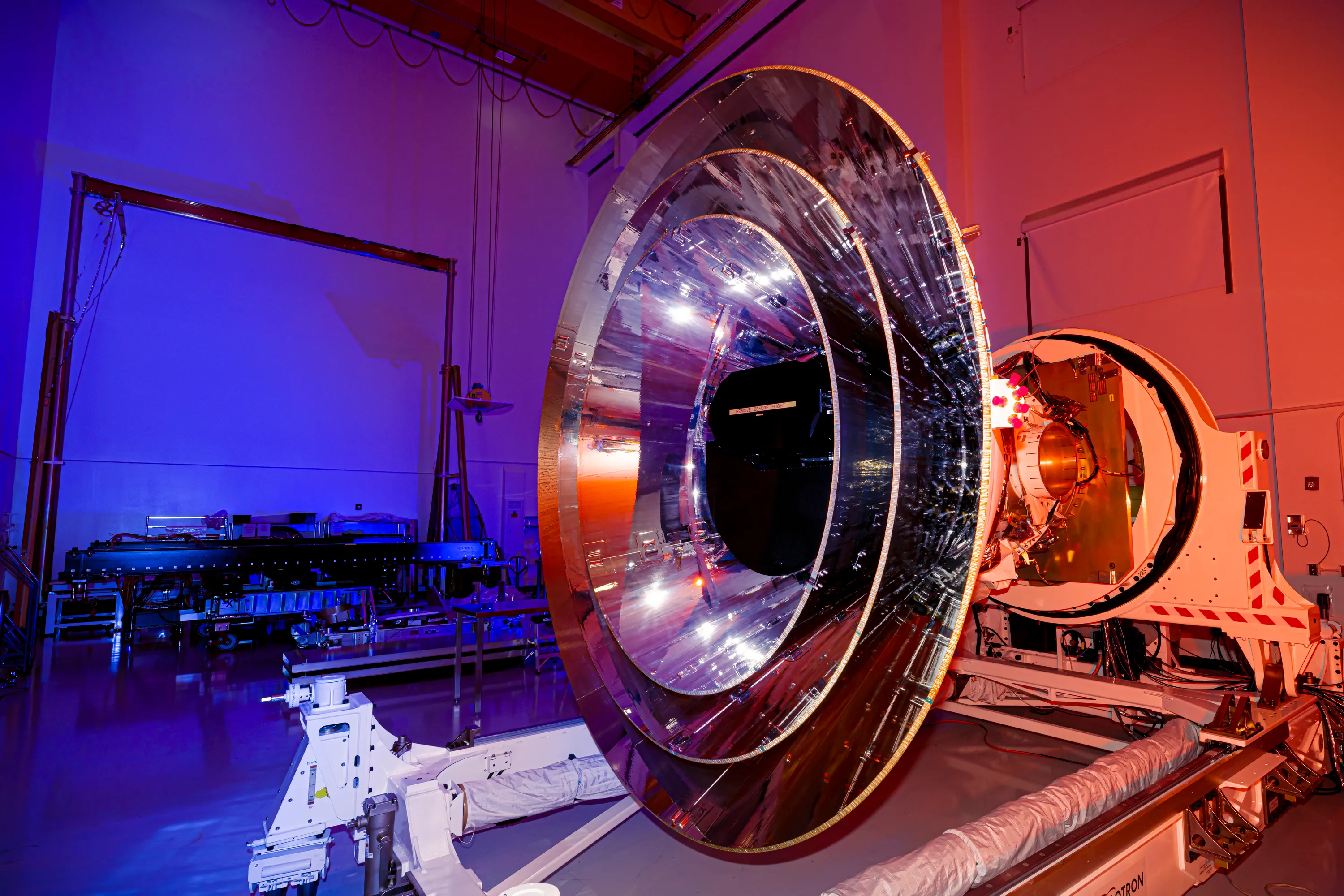
Why NASA’s SPHEREx Mission Will Make ‘Most Colorful’ Cosmic Map Ever - NASA
The space telescope will detect over 100 colors from hundreds of millions of stars and galaxies. Here’s what astronomers will do with all that color.Anthony Greicius (NASA)
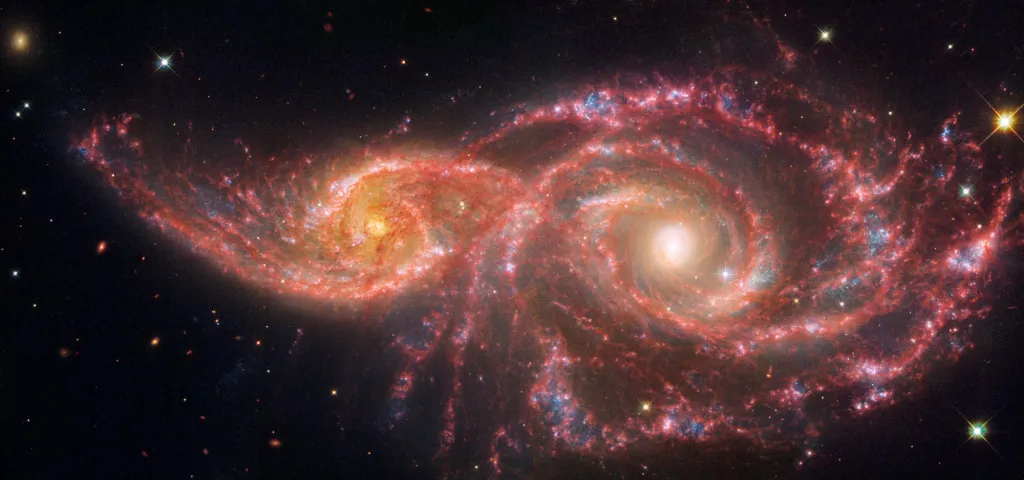
‘Blood-Soaked’ Eyes: NASA’s Webb, Hubble Examine Galaxy Pair - NASA Science
Stare deeply at these galaxies. They appear as if blood is pumping through the top of a flesh-free face. The long, ghastly “stare” of their searing eye-like cores shines out into the supreme cosmic darkness.science.nasa.gov
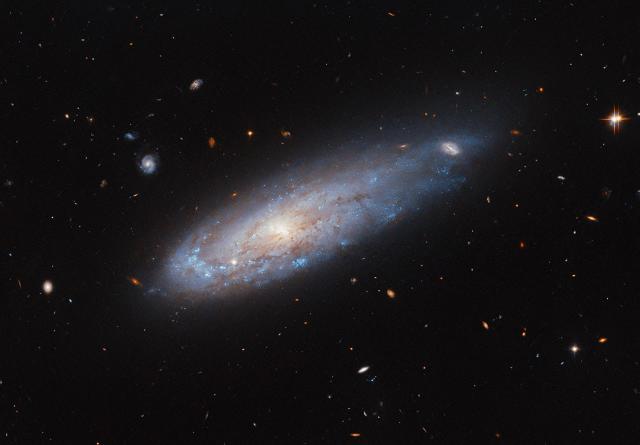
Hubble Sees a Celestial Cannonball - NASA Science
The spiral galaxy in this NASA/ESA Hubble Space Telescope image is IC 3225. It looks remarkably as if it was launched from a cannon, speeding through space like a comet with a tail of gas streaming from its disk behind it.science.nasa.gov
